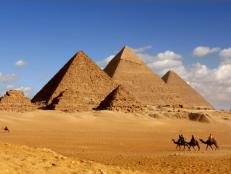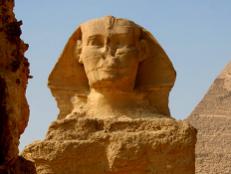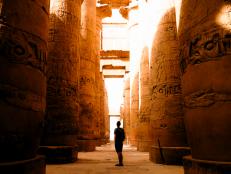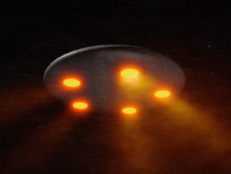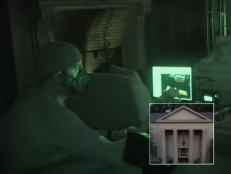‘Expedition Unknown’ Shines a Light on Egypt’s Iconic Female Rulers
The two-part special uncovers the secret legacies of the ancient civilization's most powerful women.
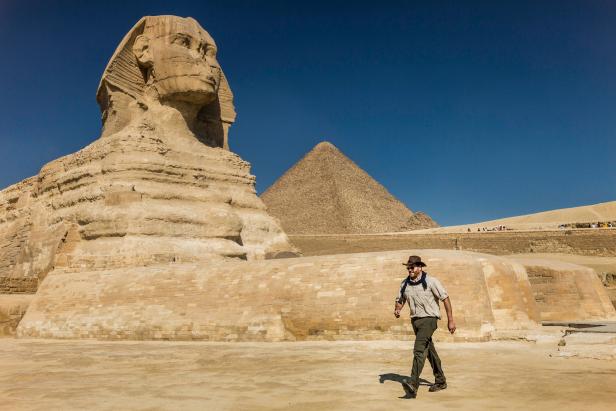
Sima Diab
If you’ve been a loyal watcher of Expedition Unknown, you already know about Josh Gates’ contentious relationship with camels. He doesn’t like them, and they don’t really seem to like him, either.
So considering Josh’s explicit and deep-seated aversion to the species, his appearance on one not even five minutes into the first episode of a two-part Expedition Unknown should serve as a clue that this is probably going to be a particularly epic story.
Premiering Feb. 7 at 9|8c, “Great Women of Ancient Egypt” kicks off one of the most thorough and groundbreaking investigations in Expedition Unknown history as Josh journeys through the land of the Nile to uncover the secrets of the most powerful, and most elusive, women in ancient Egypt: Hatshepsut, Nefertiti and Cleopatra.
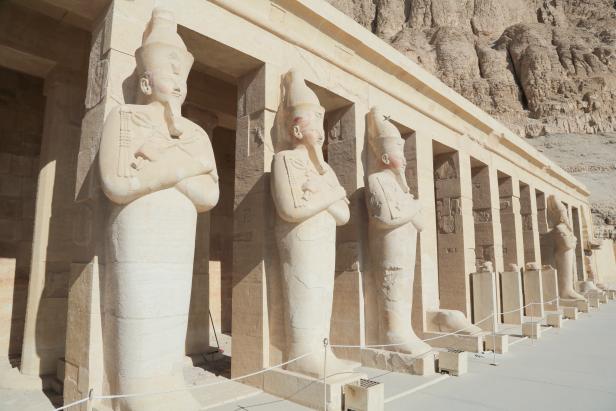
The Mortuary Temple of Hatshepsut at Deir el-Bahri in Upper Egypt displays many effigies of ancient female ruler Hatshepsut.
The monarchs are arguably three of the most powerful women who ever lived, and yet, they are seldom cited or credited for the incredible triumphs of their time. Why do we not know more about their rule or even about what happened to them after their deaths? Josh meets with historians and explorers across Egypt to clear the dust on the largely unknown legacies of the iconic women, much of which, he finds, have been tainted or wiped clean from the history books (and even statues) by the men they lived with and ruled over.
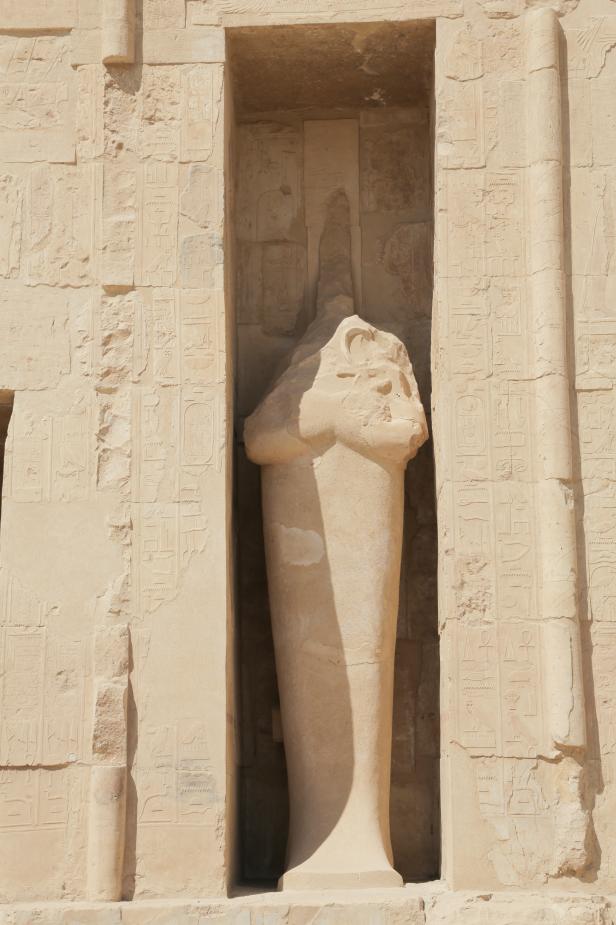
Many of the effigies of Hatshepsut at the Mortuary Temple at Deir el-Bahri were damaged after her death, at the order of her stepson.
In the two-part special, Josh and the Expedition Unknown crew snag special access to what could be major clues in the after-stories of both Cleopatra, perhaps the most famous figure of ancient Egypt, whose final resting place has never been identified, and Nefertiti, known as history’s most beautiful queen but who may have also been a controversial pharoah.
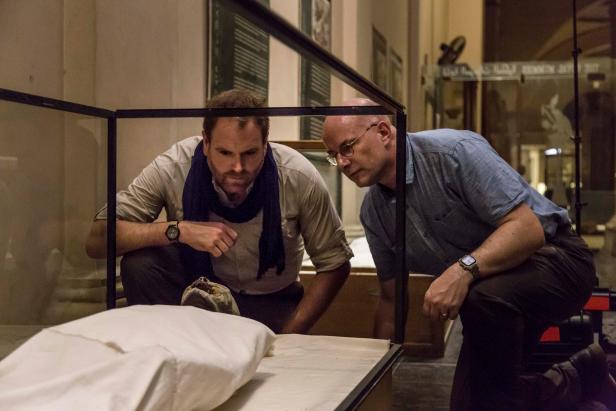
Sima Diab
Josh Gates gets special access to open the case of the Younger Lady mummy on display at the Egyptian Museum in Cairo.
Among the many mysteries of the era of ancient Egypt is the location of Nefertiti’s final resting place. Known as The Younger Lady, this mummy on display at Cairo’s Egyptian Museum has been confirmed through DNA testing to be the mother of ancient ruler King Tut. But many theories also purport that Nefertiti was actually King Tut’s mother — and that the body of The Younger Lady would, therefore, be Nefertiti.
Is This the Face of King Tut's Mother, Nefertiti?
See All PhotosJosh wraps up his investigation in “Egypt’s Lost Queens” (Feb. 14 at 9|8c) by calling in reinforcements to further examine these theories and dive deeper into the history of how the most powerful women to ever live were essentially erased from history. And because two hours just wasn’t enough to tell the full story, an after-show with the Expedition Unknown crew and special guests will air immediately after each special at 10|9c. Researchers from the episodes will join Josh to expand further on the forgotten histories of ancient Egypt, and the crew will share some insights into their seemingly impossible journey around Egypt (and the world) for answers.
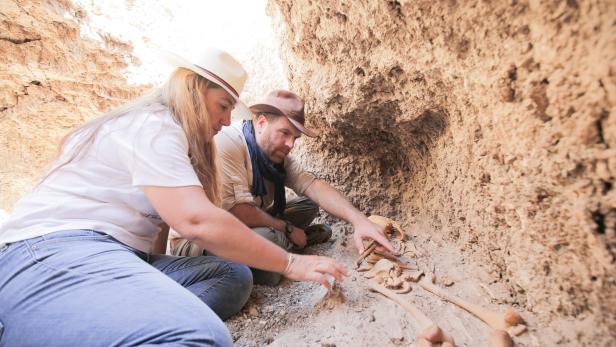
Egyptologist Myriam Seco Alvarez and Josh Gates examine a skeleton at the excavation site of Thutmose III, stepson of the Queen Hatshepsut, in Luxor, Egypt.
Catch Expedition Unknown's “Great Women of Ancient Egypt” and “Egypt’s Lost Queens” Feb. 7 and Feb. 14 at 9|8c on Travel Channel.






